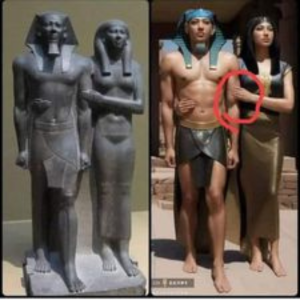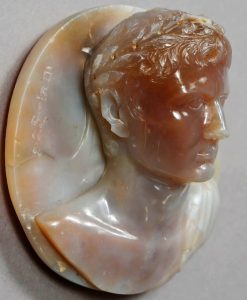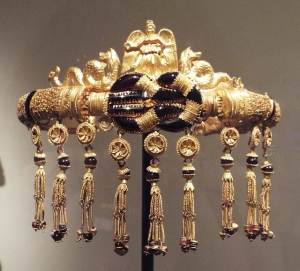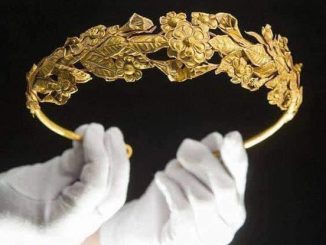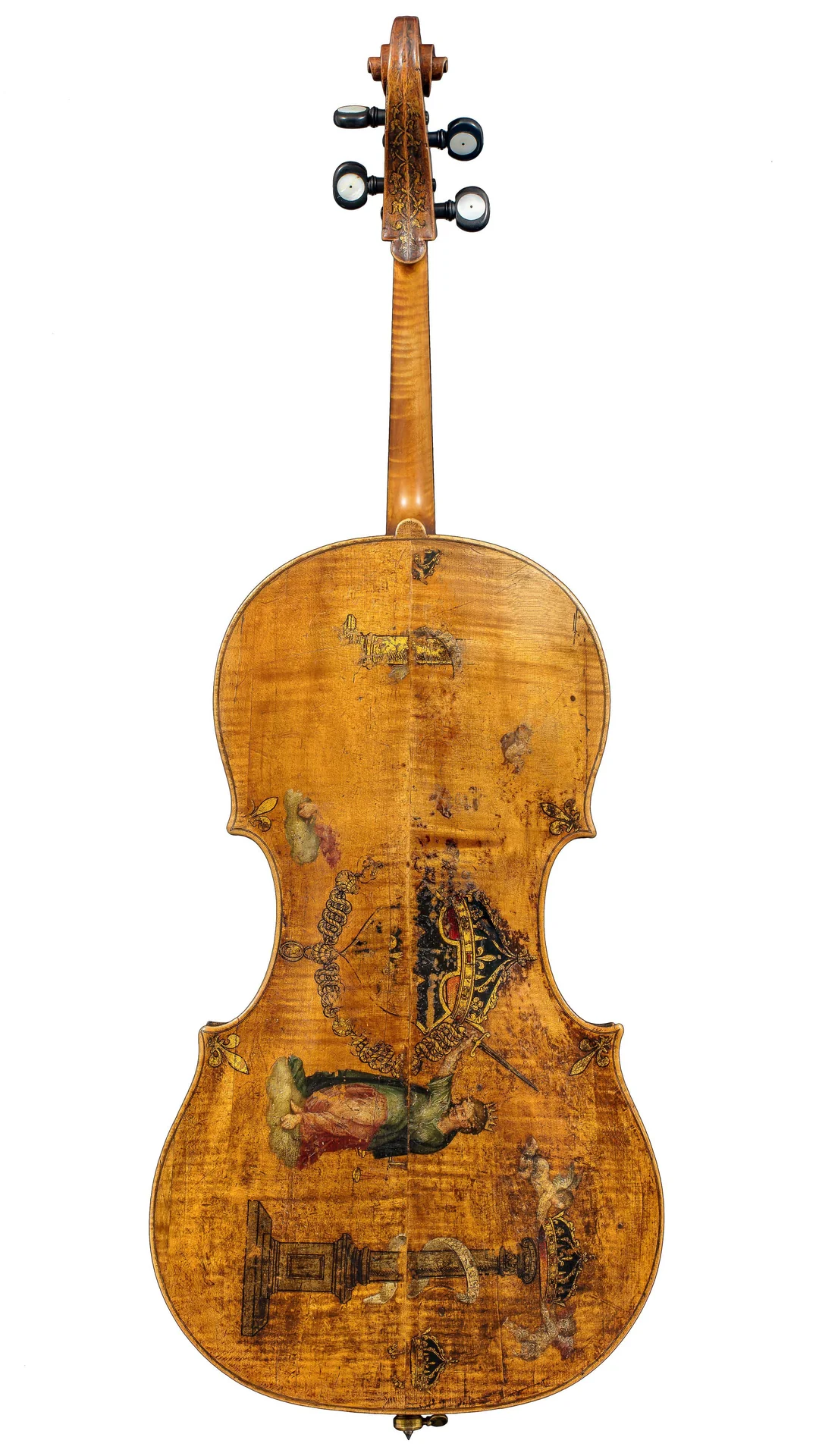
In the world of classical music, few instruments hold as much historical significance and cultural resonance as the cello. Among these revered instruments, “The King” stands out as a true masterpiece of craftsmanship and artistry. Crafted by the renowned Italian instrument maker Andrea Amati in the mid-16th century AD, “The King” cello is not only the oldest known cello in existence but also a symbol of the rich musical heritage of Cremona, Italy. Its storied past, association with royalty, and exceptional craftsmanship make it a cherished artifact in the world of stringed instruments.
Exploring the Origins and Legacy of “The King” Cello
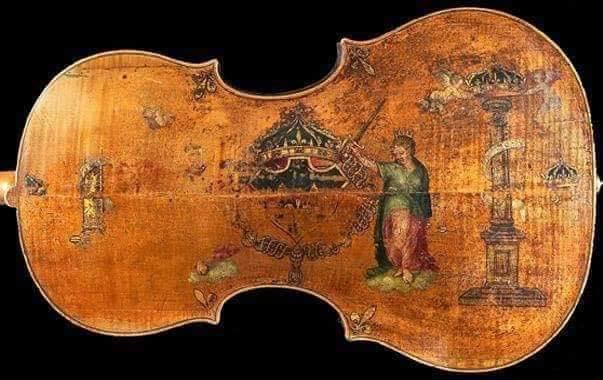
“The King” cello owes its name to its prestigious origins as part of a set of 38 stringed instruments commissioned for the court of King Charles IV of France. Andrea Amati, a master luthier renowned for his skill and attention to detail, crafted this exceptional instrument with meticulous care and precision. Made from the finest materials available at the time, including spruce for the soundboard and maple for the back and sides, “The King” cello exhibits exquisite craftsmanship and tonal qualities that have stood the test of time.
As a member of the illustrious Amati family of luthiers, Andrea Amati played a pivotal role in the development of stringed instruments during the Renaissance period. His innovative designs and techniques revolutionized the art of violin making, earning him a reputation as one of the greatest craftsmen of his time. “The King” cello serves as a testament to Amati’s legacy and enduring influence on the world of music, inspiring generations of musicians and instrument makers alike.
Despite its age, “The King” cello remains remarkably well-preserved, thanks in part to the meticulous care and conservation efforts of its custodians over the centuries. Today, it is housed in a prestigious museum, where it serves as a cherished artifact and a testament to the craftsmanship and artistry of its creator. Music enthusiasts and historians alike flock to see this iconic instrument, eager to experience firsthand the rich history and timeless beauty of “The King” cello.
Celebrating a Musical Masterpiece
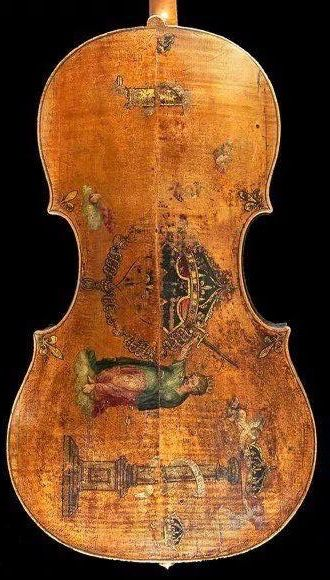
In conclusion, “The King” cello stands as a testament to the enduring legacy of Andrea Amati and the rich tradition of violin making in Cremona, Italy. Its association with royalty, exceptional craftsmanship, and unparalleled tonal qualities make it a true masterpiece of musical instrument design. As we marvel at its beauty and elegance, we are reminded of the profound impact that music has had on human history and culture, transcending time and geography to unite people in a shared appreciation for the art form.
Preserving Musical Heritage Through Archeology
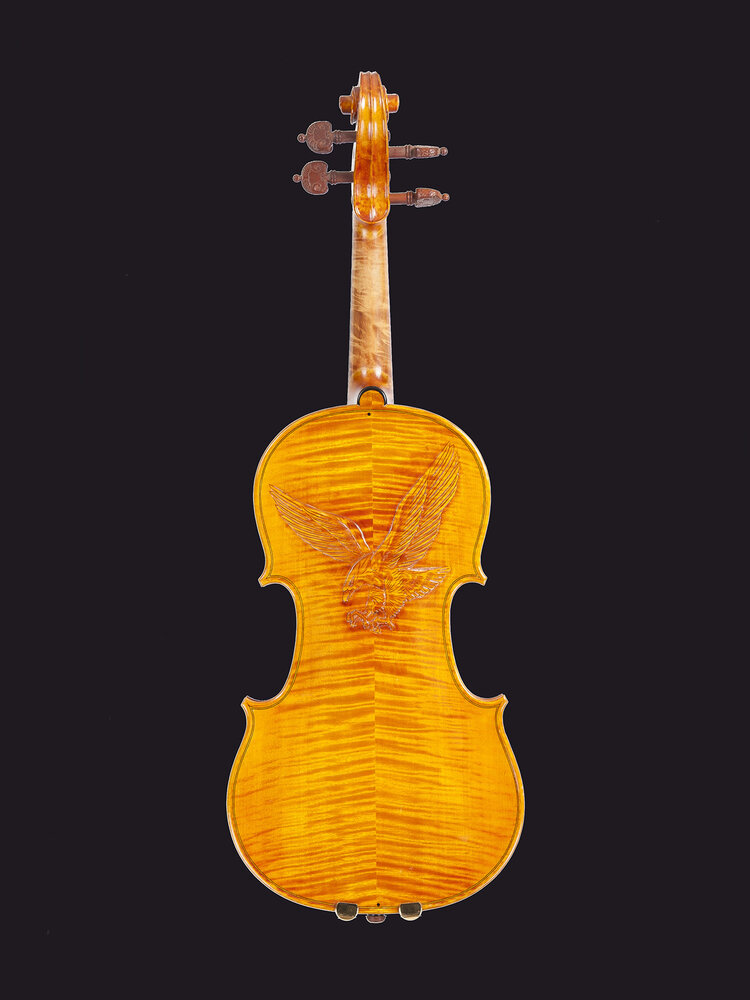
The discovery and preservation of artifacts like “The King” cello play a crucial role in our understanding and appreciation of musical history. Through careful excavation, conservation, and research, archaeologists and historians can unravel the mysteries of the past and shed light on the cultural and artistic achievements of ancient civilizations. By safeguarding these treasures for future generations, we ensure that the legacy of music continues to inspire and enrich our lives for years to come.
